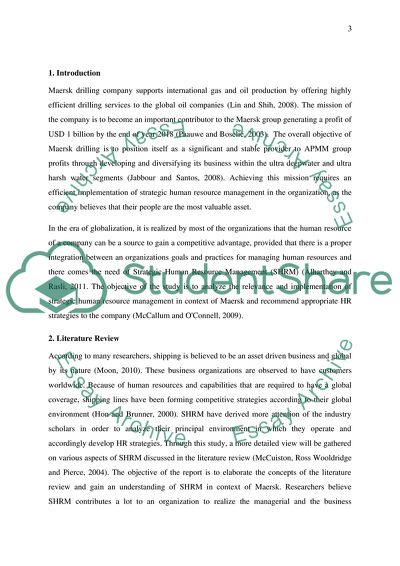Cite this document
(Strateric HRM Coursework Example | Topics and Well Written Essays - 2250 words, n.d.)
Strateric HRM Coursework Example | Topics and Well Written Essays - 2250 words. https://studentshare.org/human-resources/1880194-strateric-hrm
Strateric HRM Coursework Example | Topics and Well Written Essays - 2250 words. https://studentshare.org/human-resources/1880194-strateric-hrm
(Strateric HRM Coursework Example | Topics and Well Written Essays - 2250 Words)
Strateric HRM Coursework Example | Topics and Well Written Essays - 2250 Words. https://studentshare.org/human-resources/1880194-strateric-hrm.
Strateric HRM Coursework Example | Topics and Well Written Essays - 2250 Words. https://studentshare.org/human-resources/1880194-strateric-hrm.
“Strateric HRM Coursework Example | Topics and Well Written Essays - 2250 Words”. https://studentshare.org/human-resources/1880194-strateric-hrm.


